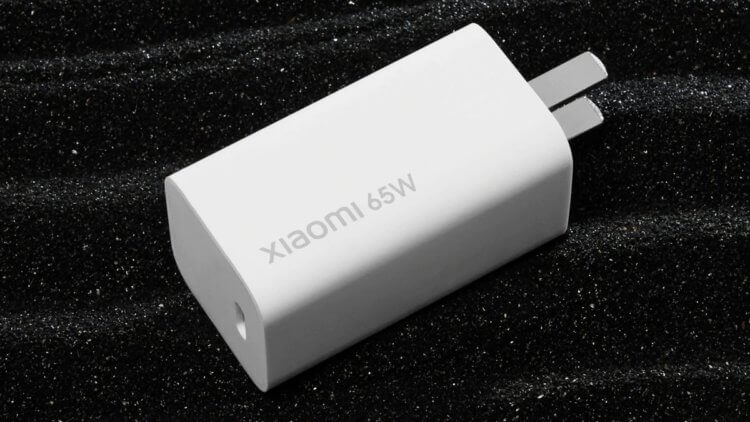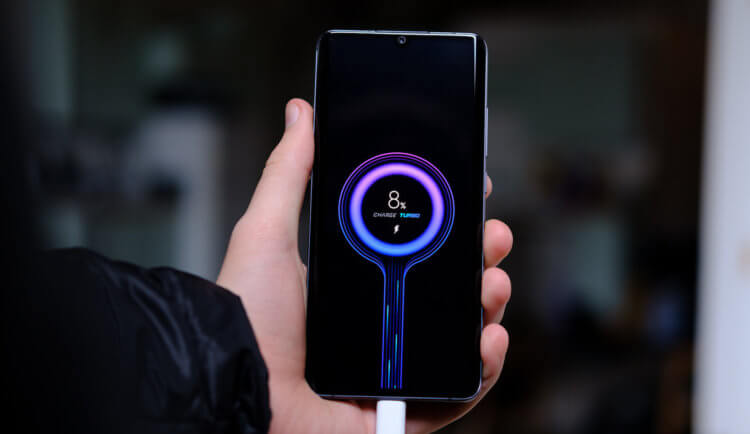Hacking a smartphone is extremely rare, and what we usually mean by it, in fact, is not. As a rule, we call hacking an infiltration of a device by a Trojan or a spyware that we provoked ourselves, while a real hacking involves active actions on the part of an attacker to violate the protective mechanisms and security systems of the device or operating system. Nevertheless, despite its non-prevalence, hacks still take place, and from time to time anyone can become their victims.

You can even hack a smartphone using the charging block
Xiaomi recalled an entire batch of 65-watt chargers for Xiaomi Mi 10 due to threat of burglary. As it turned out, the company's proprietary power supply contains a critical vulnerability that allows hackers to hack it and remotely make changes to the charging parameters. In this way, for example, you can increase the current that is supplied to the smartphone being charged. As a result, this will not only lead to overheating, but can also cause premature battery degradation and even breakdown of adjacent components.
Can you hack Xiaomi

This is the coolest charger Xiaomi. It is a pity that it turned out to be dangerous for users.
The vulnerability that allows such manipulations with the power supply unit lies not in a bug, but in the complete absence of encryption algorithms. That is, Xiaomi, despite the fact that she supplied the charger with her own firmware, she did not bother to encrypt it at all. Therefore, when the device is connected to the mains through a proprietary power supply Xiaomi, hackers can remotely connect to it and easily disrupt its performance.
How realistic is it that some hacker decides to hack into the power supply in order to overheat your smartphone, or worse, disable it? In fact, the likelihood of this is rather small. After all, who might need to do this, given that the attacker clearly cannot benefit from the event? Nevertheless, Xiaomi could not fail to respond to the very fact that hacking can be carried out. After all, if homebrew hackers could do it at home, then what can a professional programmer do?
Is fast charging dangerous?

Fast charging can harm your device, especially if you turn off all controllers
In this case, a banal vulnerability in the firmware of the charging blocks can become a real problem. Just imagine that someone will take and write a script that will subjugate thousands and millions of power supplies, and at some point will change their configuration and simply turn off the controller. As a result, all devices will begin to experience constant overheating and eventually fail, because neither the battery nor the adjacent components of smartphones are designed for such loads. So it's good that Xiaomi reacted so quickly and recalled the chargers.
On the other hand, it is strange that the Chinese were initially so negligent in ensuring the safety of power supplies. After all, if you equip the charger with a dedicated processor and your own firmware, which is responsible for the configuration of its operation, it is logical that you can connect to it from the outside. Therefore, it is no less logical to think over at least some kind of protection in order to prevent unauthorized intrusion. However, thinking ahead is not about Xiaomi. They are accustomed to doing first, and only then raking the heap of problems that have fallen on them, as in the case of updates.
